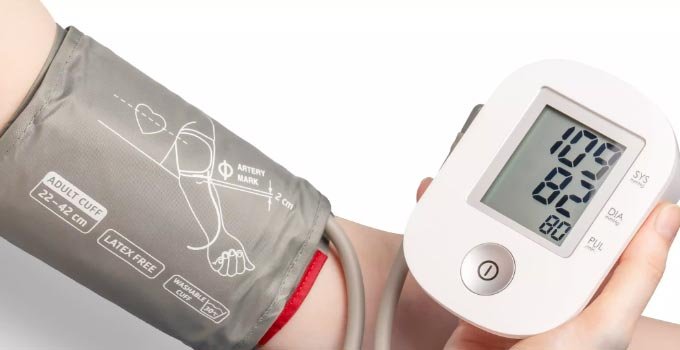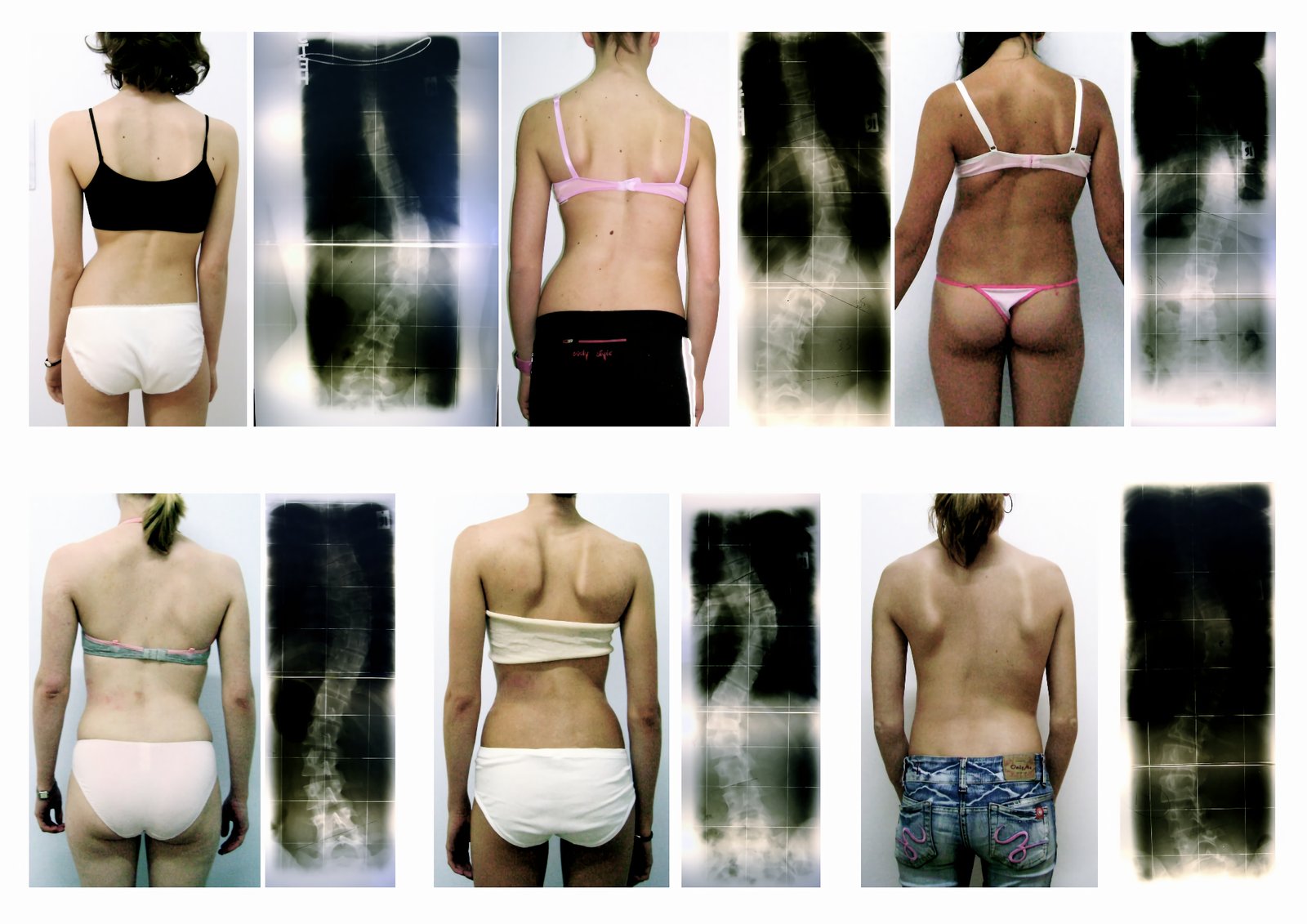Glaucoma Awareness: Prevention and Early DetectionGlaucomaGlaucoma Awareness: Prevention and Early Detection

Table of Contents
Understanding Glaucoma: An Overview
Glaucoma is a serious eye condition that can lead to vision loss and even blindness if left untreated. It is often referred to as the “silent thief of sight” because it usually progresses gradually and without any noticeable symptoms in the early stages. However, with regular eye exams and early detection, the progression of glaucoma can be slowed or halted.
Glaucoma is caused by damage to the optic nerve, which is responsible for transmitting visual information from the eye to the brain. This damage is most often caused by an increase in intraocular pressure (pressure within the eye), but it can also be caused by poor blood flow to the optic nerve or a combination of both factors.
There are several types of glaucoma, including the most common form, called primary open-angle glaucoma. This type develops slowly over time and typically affects both eyes. Another type, called angle-closure glaucoma, occurs when the drainage angle of the eye becomes blocked, causing a sudden increase in intraocular pressure. This is considered a medical emergency and requires immediate treatment to prevent permanent vision loss.
While anyone can develop glaucoma, certain factors increase the risk. These include age (those over 60 are at higher risk), a family history of glaucoma, certain medical conditions such as diabetes or high blood pressure, and long-term use of corticosteroid medications.
The early stages of glaucoma often have no symptoms, which is why regular eye exams are crucial. As the disease progresses, individuals may experience gradual loss of peripheral vision, tunnel vision, blurred vision, or halos around lights. If you experience any of these symptoms, it is important to see an eye doctor immediately.
Treatment for glaucoma focuses on reducing intraocular pressure to prevent further damage to the optic nerve. This can be achieved through the use of eye drops, oral medications, laser therapy, or surgery, depending on the severity of the condition.
In conclusion, glaucoma is a serious eye condition that can cause irreversible vision loss if not detected and treated early. Regular eye exams are essential for early detection and prevention. If you are at risk for glaucoma or experiencing any symptoms, don’t delay in seeking professional medical attention. Remember, early intervention can make a significant difference in preserving your vision.
Risk Factors for Glaucoma
Glaucoma is a serious eye condition that can lead to permanent vision loss if left untreated. While anyone can develop glaucoma, certain factors can increase the risk of developing the disease. It’s important to be aware of these risk factors in order to take proactive steps towards prevention and early detection.
- Age: The risk of developing glaucoma increases with age. Individuals over the age of 60 are at a higher risk.
- Family History: If you have a family history of glaucoma, you are at a higher risk of developing the condition. It is important to inform your eye care professional about any family history of glaucoma.
- Medical Conditions: Certain medical conditions, such as diabetes, high blood pressure, and heart disease, can increase the risk of developing glaucoma. It is crucial to manage these conditions effectively to reduce the risk of glaucoma.
- Eye Injuries: Previous eye injuries or surgeries can increase the risk of glaucoma. It is important to inform your eye care professional about any history of eye trauma.
- High Eye Pressure: Elevated intraocular pressure (IOP) is a major risk factor for glaucoma. Regular eye exams can help monitor and manage eye pressure levels.
- Ethnicity: Certain ethnic groups, such as African Americans, Hispanics, and Asians, have a higher risk of developing certain types of glaucoma.
- Use of Steroid Medications: Prolonged use of steroid medications, whether in the form of eye drops, oral medications, or inhalers, can increase the risk of glaucoma.
While having one or more of these risk factors does not necessarily mean you will develop glaucoma, it is essential to be vigilant and proactive about your eye health. Regular comprehensive eye exams, especially for individuals with risk factors, can help detect glaucoma in its early stages when treatment is most effective. Remember, early detection and timely treatment play a crucial role in preserving vision and preventing further damage caused by glaucoma.
Importance of Regular Eye Exams
Regular eye exams are crucial for maintaining good eye health and preventing various eye conditions, including glaucoma. Glaucoma is a serious eye disease that can lead to vision loss or even blindness if left untreated. By detecting glaucoma early through regular eye exams, it can be managed and its progression can be slowed down.
Here are some reasons why regular eye exams are important for preventing and detecting glaucoma:
- Early Detection: Glaucoma often develops gradually and without symptoms in its early stages. Regular eye exams enable optometrists or ophthalmologists to detect signs of glaucoma before it causes noticeable vision problems. Early detection allows for early intervention and treatment, reducing the risk of vision loss.
- Monitoring Eye Pressure: High intraocular pressure (IOP) is a major risk factor for glaucoma. During eye exams, eye pressure is measured using a tonometer. Monitoring changes in eye pressure over time helps identify individuals at risk of developing glaucoma or those who may require additional treatment to manage their condition.
- Evaluation of Optic Nerve: Glaucoma damages the optic nerve, which is responsible for transmitting visual information from the eye to the brain. Regular eye exams include a thorough evaluation of the optic nerve, assessing its health and detecting any signs of damage or abnormalities. This evaluation is essential for diagnosing and monitoring glaucoma.
- Assessment of Visual Field: Glaucoma can cause peripheral vision loss, which may go unnoticed until it becomes severe. Visual field tests conducted during eye exams help detect any abnormalities or changes in the field of vision. Regular monitoring of visual field can help detect glaucoma progression and guide treatment decisions.
- Treatment and Management: If glaucoma is detected during an eye exam, early treatment can help prevent or slow down further damage to the optic nerve. Treatment options may include eye drops, oral medications, laser therapy, or surgery. Regular eye exams ensure that the treatment plan is adjusted as needed to effectively manage the condition.
Remember, glaucoma can affect anyone, regardless of age or eye health history. Regular eye exams are essential in detecting glaucoma early, especially in individuals with risk factors such as family history, age over 40, diabetes, or high eye pressure. By prioritizing regular eye exams, you can take proactive steps towards preserving your vision and preventing the potential consequences of glaucoma.
Lifestyle Changes to Prevent Glaucoma
Glaucoma is a serious eye condition that can lead to vision loss and blindness if left untreated. While there is no surefire way to prevent glaucoma, certain lifestyle changes can help reduce your risk and promote overall eye health. Here are some tips to incorporate into your daily routine:
- Eat a healthy diet: Include foods rich in antioxidants, vitamins, and minerals, such as leafy greens, fruits, and fish high in omega-3 fatty acids. These nutrients can help protect your eyes from damage caused by free radicals.
- Exercise regularly: Engaging in physical activity, like walking or jogging, can improve blood flow and reduce intraocular pressure, which is a major risk factor for glaucoma.
- Avoid smoking: Smoking can increase your risk of developing glaucoma. Quitting smoking or avoiding exposure to secondhand smoke can help protect your eyes and overall health.
- Manage your blood pressure: High blood pressure can contribute to glaucoma development. Monitor your blood pressure regularly and take necessary measures to keep it within a healthy range.
- Protect your eyes: Wear sunglasses that provide UV protection to shield your eyes from harmful sun rays. Additionally, use protective eyewear when participating in activities that may cause eye injuries.
- Take breaks from digital screens: Extended periods of staring at screens can strain your eyes and increase intraocular pressure. Remember to take frequent breaks and practice the 20-20-20 rule: every 20 minutes, look at something 20 feet away for 20 seconds.
- Get regular eye check-ups: Routine eye exams are crucial for early detection and treatment of glaucoma. Visit your eye doctor at least once a year, or as recommended based on your age and risk factors.
While these lifestyle changes can help reduce the risk of developing glaucoma, it’s important to note that they cannot guarantee complete prevention. It’s always wise to consult with your healthcare provider or ophthalmologist for personalized advice and to discuss any concerns you may have.
Latest Advancements in Glaucoma Detection
Glaucoma is a serious eye condition that can lead to permanent vision loss if left untreated. Early detection and timely intervention are crucial for preventing the progression of this disease. Fortunately, advancements in technology and medical research have led to significant improvements in glaucoma detection methods. Here are some of the latest developments in this field:
- Optical Coherence Tomography (OCT): This non-invasive imaging technique allows ophthalmologists to obtain detailed cross-sectional images of the retina, optic nerve, and other structures in the eye. OCT has revolutionized glaucoma diagnosis by providing high-resolution images that help in the early detection of structural changes associated with the disease.
- Visual Field Testing: Visual field tests assess the entire scope of a person’s vision, including peripheral vision. Advanced automated perimetry devices, such as the Humphrey Visual Field Analyzer, are now widely used to detect glaucoma-related visual field defects. These tests are quicker and more accurate, enabling early intervention to prevent further vision loss.
- Corneal Hysteresis Measurement: Corneal hysteresis refers to the ability of the cornea to absorb and dissipate energy. Measuring corneal hysteresis helps in assessing the biomechanical properties of the eye, which can be indicative of glaucoma risk. Devices like the Ocular Response Analyzer provide a non-invasive way to measure corneal hysteresis, aiding in early glaucoma detection.
- Gene Testing: Genetic testing has shown promising results in identifying individuals who are genetically predisposed to developing glaucoma. By analyzing specific genes associated with the disease, researchers can identify those at higher risk and initiate preventive measures and regular screenings at an earlier stage.
- Artificial Intelligence (AI): AI algorithms are being developed to analyze large amounts of data collected from various diagnostic tests. These algorithms can help detect subtle changes in the optic nerve and retina, allowing for early identification of glaucoma. AI technology also aids in predicting disease progression, helping doctors tailor treatment plans for better patient outcomes.
These advancements in glaucoma detection have revolutionized the way this sight-threatening condition is diagnosed and managed. Early detection plays a crucial role in preserving vision, and with these cutting-edge technologies, ophthalmologists can intervene earlier, provide appropriate treatment, and prevent further damage. Regular eye exams and screenings are vital, especially for individuals at higher risk, such as those with a family history of glaucoma or older adults. Remember, early detection can save your sight!


























